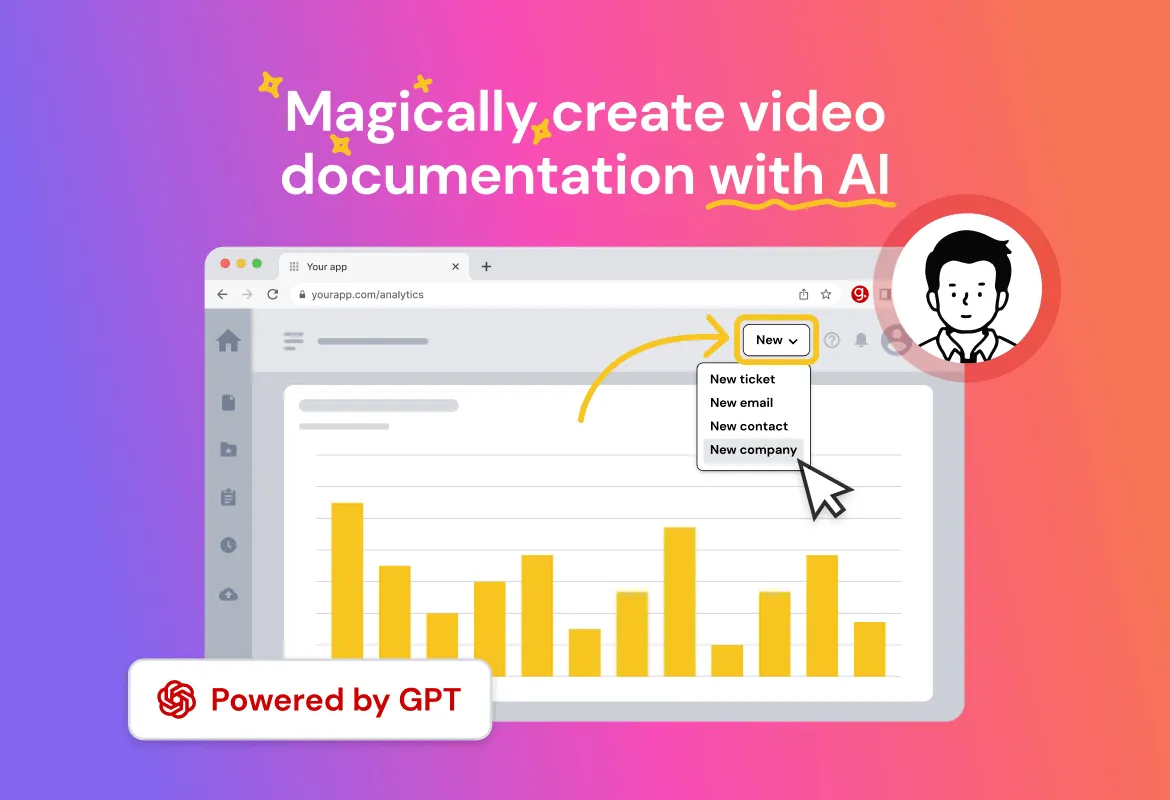How Product Knowledge Drives Customer Satisfaction
Customers satisfaction is a catalyst for longevity that keeps the heart of your enterprise beating
Published February 10, 2024.

Every 1% rise in customer satisfaction propels a 5% increase in retention rates. Dissatisfied ones leave bad reviews, switch brands, and damage your reputation. They can also negatively impact sales, loyalty, and overall business growth.
By investing in comprehensive product knowledge training. Your team can solve issues quickly and deliver exceptional customer service. This approach fosters trust, loyalty, and positive word-of-mouth, driving long-term success.
What Is Product Knowledge?
Mastering the product you support makes it possible to understand customer problems truly. Solid knowledge empowers you to efficiently direct clients to relevant internal resources and tackle their issues directly.
In software-as-a-service (SaaS)—especially with big finance and cybersecurity clients— emergencies are common. Deep product knowledge is crucial to resolve them quickly. It helps you use internal resources efficiently and fix customer problems proactively. On the other hand, lack of understanding leads to delays and frustration.
You should understand the client's needs, the product's recommended technology, expected functionality, and the ideal environment. This foresight helps anticipate and prevent issues.
Why Customer Satisfaction Is Crucial for Businesses
Happy customers are more likely to return for repeat business, boosting revenue and reducing acquisition costs. Loyal ones also act as brand advocates, recommending your products or services to others.
Customer satisfaction is vital as it keeps businesses afloat. Think about the ones that no longer operate—Dillard's, Radio Shack, Kmart, and even Toys R Us. Those companies vanished because a market for them disappeared.
» Learn the best practices for building and maintaining customer relationships
How To Share Product Knowledge With Customers
Video Training
Help customers learn faster with engaging video tutorials. Ditch the text walls and get a step-by-step guide; it'll be like their personal on-screen coach.
Documentation With Screenshots
Create screenshots for your guides so customers can follow along easily. It helps them check precisely what they should see on their screen without needing to imagine it from your descriptions. It also reduces confusion and ensures they're on the right track.
Live Training Sessions
Boost your learning with live, personalized training sessions with customer success managers (CSMs). They'll walk you through the product, answer your questions in real time, and offer expert insights.
You can also make sharing customer product knowledge accessible with guidde. This AI tool helps you create clear, engaging step-by-step videos to explain complex processes quickly. Record any task and get everyone on the same page.
Case Study: Impact of Product Knowledge on Customer Satisfaction
Scenario
My company recently introduced a new feature and upgraded our product to cloud storage. We informed clients through various channels, but some did it without checking their email first. It disrupted their software configurations due to breaking changes.
Approach
CSMs addressed the problem by:
- Identifying Issues: They swiftly identified issues arising from the upgrade, assessing the impact on their data, setup, and configuration.
- Communicating With Clients: Leveraging their understanding of the product changes, CSMs explained the reasons behind the disruptions and offered solutions to clients.
- Coordinating Internally: Our CSMs collaborated with company teams to manage resources and promptly address the needs of affected clients.
- Resolving Each Case: With a basic understanding of the product's architecture, CSMs guided clients through the necessary steps to resolve issues like downgrading to the previous version.
Outcome
While our recent product upgrade presented some challenges, clients ultimately appreciated the proactive support from our CSMs. They quickly resolved most of the issues and minimized the downtime.
Most importantly, this experience showed us the value of clear communication and in-depth product knowledge for smoother upgrades in the future.
Statistical Evidence
While specific statistics are unavailable, we can assess the impact of product knowledge on customer satisfaction from the following:
- Out of 200 to 250 managed accounts, only 20 clients upgraded without prior consultation.
- Despite this, we resolved most issues within two hours for each case, showing how effective product knowledge is.
Conclusion
This case study emphasizes the critical role of product knowledge in maintaining customer satisfaction. By leveraging it, CSMs can effectively navigate unforeseen issues and build positive relationships.
Strategies for Improving Product Knowledge
Proactively search for solutions to bridge knowledge gaps and stay ahead of the game by updating internal resources for continuous improvement.
You can also try the following:
- Internal Education System: Helps customer success managers (CSMs) master the product and nurture product expertise through in-house training.
- Hands-On QA Testing: Diving deeper into how the product works and breaking down the nitty-gritty of it.
- Shadowing During Demos: Understanding the product from a client's perspective. It decodes the intricacies through hands-on experience.
- Using a Knowledge Base: Your toolkit to understanding the product beyond the basics can also be building a knowledge base.
Beyond Training: Building a Culture of Product Expertise
Try sharing impactful product testimonials. Showcase how your team's knowledge has saved the day, solved a complex problem, or delighted a client. These real-world examples inspire and reinforce the value of investing in knowledge.
Building and maintaining knowledge requires effort. Imagine seamlessly creating step-by-step guides and videos, turning complex processes into engaging content for your team and customers. That's the power of guidde, the automated video creation tool that simplifies product knowledge sharing.


